In this sequence of sonnets are laid out the basic tenets of Sri Ramana’s teachings.
This was previously published in The Mountain Path.
RAMANA CORONA
All beings yearn to be happy, always;
Happiness without a tinge of sorrow,
To enjoy a life of carefree days,
Taking no burden of thought for tomorrow.
When restless mind’s at peace in deep sleep,
What glimpse of worry, grief or despair?
So happiness lies therein, buried down deep.
How to find this treasure, awake, aware?
Ask the question, who am I, and from where?
That’s the essential means of the holy task,
Ending ego’s ‘me’ and ‘my’, that’s there.
No pleasure endures in things of this Earth,
Enquire within, who basks behind our mask?
To regain that Selfhood we lost at birth.
To regain that Selfhood we lost at birth,
First consider well the cinema screen,
To understand that, gains merit and worth.
On the screen there appears a tense drama,
The film begins and we enjoy the show.
Fire, flood, sex, death, a vast panorama;
The screen’s unchanging, but the film’s a shadow.
The simile teaches, strange as it may be,
That both seer and seen make up the mind.
On Consciousness as screen, all action’s based.
To know that is true, is the clue to be free,
A guiding beacon that’s so rare to find.
That’s the Sage wisdom by which we are graced.
That’s the Sage wisdom by which we are graced,
We’re taught the silver screen as a metaphor.
Seated in theatre stalls, now we are placed,
To proceed with clarity and enquire some more.
The bright theatre lamp is the light supreme,
Illuminating both actors and the scene.
We see stage and the play only by light,
Yet when action ends, the lamp remains bright.
Just as woven cloth and its colour white
Are never, ever perceived as apart,
So when mind and light both unite,
They form ego, knotted and bound in the heart.
Of all that we’ve ever learned since birth,
That’s the high wisdom proclaimed on Earth.
That’s the high wisdom proclaimed on Earth,
How to make mind to merge in its source?
Only by enquiring with all of one’s force,
The central question regarding its birth,
The ultimate scrutiny of “Who Am I”?
As thoughts froth forth like waves on the ocean,
They’ll all be slain by such introspection,
Unveiling the Self, the lost inward eye.
Pearls lay buried on the deep ocean floor,
Attracting divers to search for this goal.
Holding their breath they plunge to the core
Of the ocean bed, for the pearl oyster’s soul.
To gain this gem in the heart’s sacred place,
Just seek for the source where mind is based.
Just seek for the source where mind is based.
You travel alone on a mystery train;
By this metaphor we’re comfortably placed,
To travel by providence free from pain.
So put all your heavy luggage on the rack,
Only a fool carries it on his head!
Be glad, accept the predestined track,
Rest quietly, safe at home on your bed!
Surrender in joyful jubilation!
Surrender utterly to God’s almighty will,
Surrender with total resignation,
Surrender knowing all will be well,
Surrender whole heartedly with one accord,
Take safe refuge in the all loving Lord!
Take safe refuge in the all loving Lord!
For life’s a dream and sleeping dreams are short,
The waking dream is long; both stem from thought.
The Real is beyond both this waking and sleep.
The sword of enquiry slays dream states deep,
So reaching their substratum, numinous,
The state of pure consciousness, Self luminous!
Blissfully aware, yet awake in sleep.
As the cockerel crows ready to sup,
At the roseate dawn of first morning light,
Awareness pours into the near empty cup,
Granting a moment’s taste of Self insight.
This light is the eye that forever sees,
Who can be known by enquiring “who frees?”
Who can be known by enquiring “who frees?”
The Master who lives in the cave of the heart,
Not separate from one’s Self, being the start,
Of the final search from bond to release.
The Sage appears when the soul is ready,
With strong gaze of grace he says “be aware
That God and his wisdom are already there!”
He acts as a brake to make the mind steady,
While mercy flows freely in sunshine and air,
Hindered only by our being unready.
If you come to him, meekly with an empty cup,
His grace is then bound to fill it up.
The Master’s glance is the grace of the Lord,
He cuts you free with his mighty sword.
He cuts you free with his mighty sword,
To guide you surely, on the upward way
To Self Realisation, your real birthday!
Consummation of “That” the Sage’s word,
Is “rest in the Self,” which is always heard.
In him, place great trust and affirm, say yea
As certainty! Our Real Self blazes away,
Ever surrendered to the almighty Lord,
Revealing great peace for Realisation’s sake,
Renouncing belief that a rope is a snake.
The seeker surely becomes “the great find”,
His own blissful being, the summit in kind,
This great Teaching eternally frees,
One with the Self, as the Absolute sees.
One with the Self, as the Absolute sees,
He answers all our prayers and our pleas;
We must first enter that dear sacred part,
Not the fleshy pump that throbs on the left,
But the sacred core: by being skilful and deft,
We find that on the right; is the real Heart!
By harnessing breath, being adept and bright,
We dive with great skill and all of our might,.
There dwelling in depths of our true Heart’s cave,
Lives the shining ”Unity” blazing as Self,
Pulsation of I-I, where all shadows cease.
So fixing gaze there, finally, off we stave,
Perverted, wandering, demonic mind elf,
Returning to “Self”, our birthright of peace.
Returning to “Self”, our birthright of peace,
Is knowing that all this vile body performs
Was predestined before it ever took form.
So from stress, despair and fretting, pray cease!
Our freedom dwells in our natural State,
Renouncing the “ Am The Doer” notion,
Detached from fruit of form’s puppet motion,
Yet grace can avert even predestined fate!
Be like a skilled actor on this stage of strife!
Play with goodwill the part you’ve been given,
No matter how strangely you find you are driven,
Knowing who, truly you are, in this life.
Until fate pulls down the final curtain,
Know you’re Self not body, know that is certain!
Know you’re Self not body, know that is certain!
In this Realisation, there’s no cause to leave home,
You can strive in the city, there’s no need to roam.
To change style of life would all be in vain,
For mind remains with you, until it is slain.
Demonic ghost ego, source and fabric of thought
Create body and world, whereby we are caught.
Change of place, never changed the way we behave,
Whether living at home, in a forest or cave.
There are two ways by which our bonds may be freed:
Either ask “to whom is this strange fate decreed?”
Or surrender false ‘me’ to be then stricken down,
So praying intensely for ‘my will’ to cease,
We leave it to grace, to grant us release.
We leave it to grace, to grant us release.
God will do this through the gaze of his Sage,
He sends down His messenger for every age,
To those who yearn and pray for great peace.
The Realised Sage lives on here and now,
Without confusing the Self with the mind.
Humble, compassionate, loving and kind,
Wisely profound, as his way clearly shows.
He steers the vessel of firm devotees,
Fulfilling everyone’s spiritual need.
In deep silence, he sits, with perfect ease,
To awaken those, whom his teaching well heed.
Graciously, his great glance of initiation,
Drives the mind inwards, to Self Realisation!
Driving the mind inwards, to Self Realisation,
He grants safe passage through life’s stormy ocean;
What frail soul will ever be excluded
From the presence of the holy Supreme?
No matter how depraved or deluded,
His mercy never ends, and will always redeem,
Raising the soul from the depth of depression,
To free one from the ‘I am this body’ obsession.
From passions that churn desire and aversion,
His fair breeze wafts clear equanimity;
Enmeshed no more in worldly adversity,
Never perturbed by praise nor foul enmity,
We learn that there’s the greatest giving
In knowing all are Self, and so truly living.
In knowing all are Self, and so truly living,
We thank the great Sage who is ever giving.
We praise the Lord, who leads us to his feet,
His gracious gaze is eternally sweet,
Without ceasing, he’s forever reviving,
He grants that freedom, our real surviving.
He severs the grip of bondage’s chains,
He frees the soul, where confusion reigns,
He bestows both compassion and deep peace,
He sends out his grace to grant us release.
He teaches the truth that Consciousness is all,
And Self Enquiry to raise us up from our fall.
We praise God Almighty whom is ever living,
This crown of my verses is our thanksgiving!
To regain that Selfhood we lost from birth,
That’s the Sage wisdom by which we are graced,
This is the high wisdom proclaimed on Earth.
Just seek for the source where mind is based.
Take refuge in the all loving Lord,
Who can be known by enquiring ‘who frees?’
He cuts you loose with his mighty sword,
One with the Self, as the Absolute sees.
Returning to Self, our birthright of peace,
Know you’re Self, not body, know that is certain!
We leave it to grace, to grant us release.
He drives the mind inwards, to Self Realisation,
In knowing all are Self, and so truly living,
This crown of my verses is our thanksgiving!
Life is a pure flame, and we live
by an invisible Sun within us.
Alan Jacobs is Chairman of the Ramana Maharshi Foundation UK , and author of The Bhagavad Gita a Poetic Transcreation and The Principal Upanishads A Poetic Transcreation.
This article published with permission from The Mountain Path.
![clip_image001[4]](https://luthar2.files.wordpress.com/2008/07/clip-image0014-thumb.jpg?w=177&h=244)


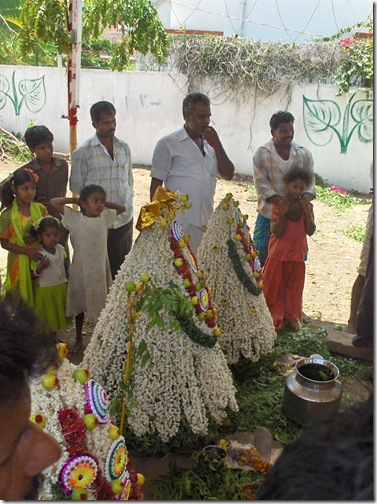























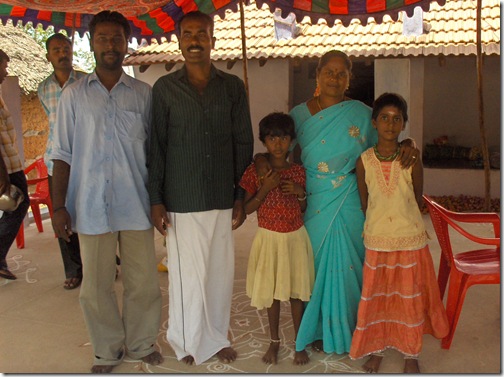


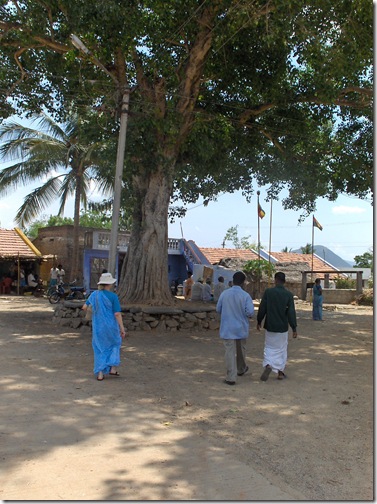
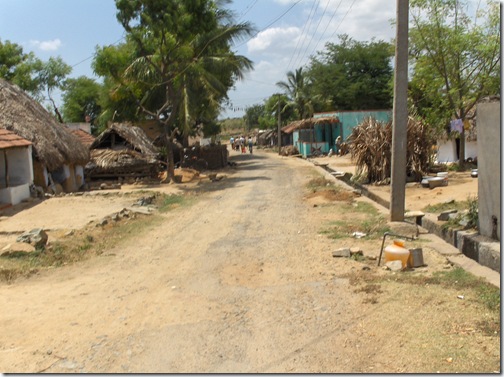




































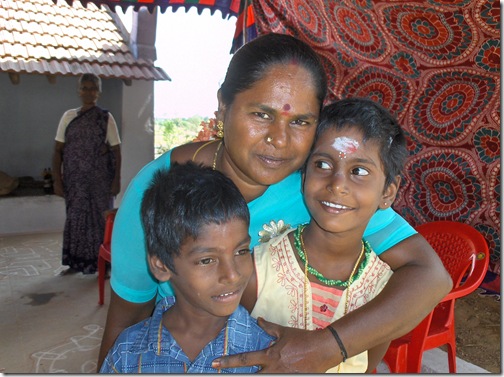


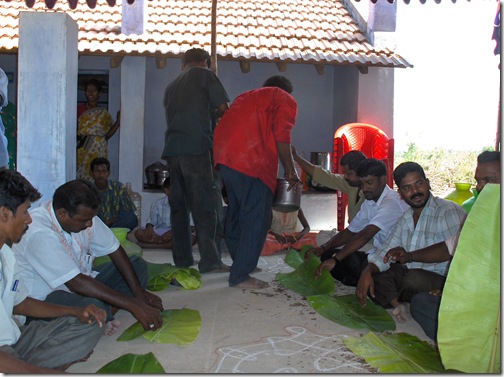






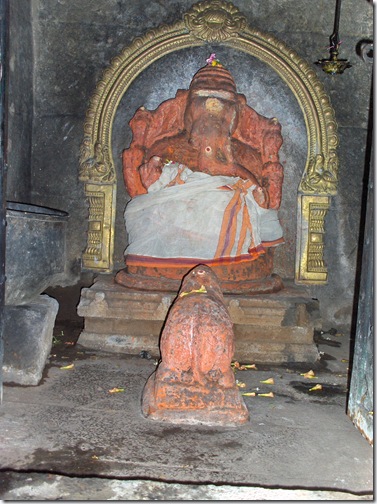



















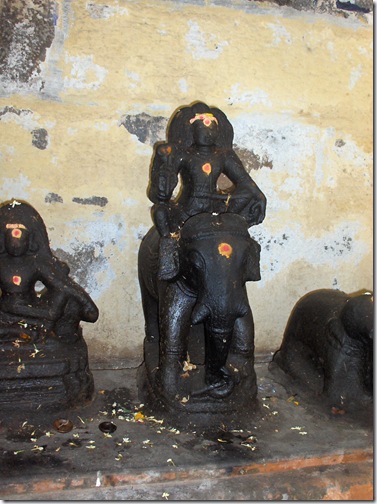




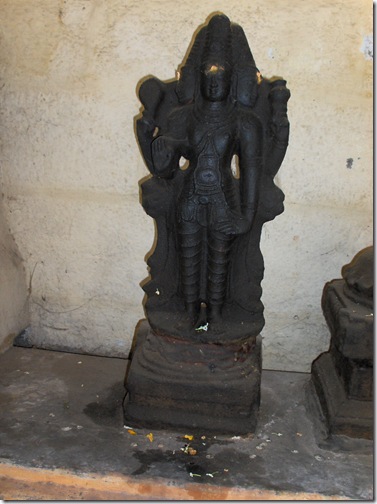




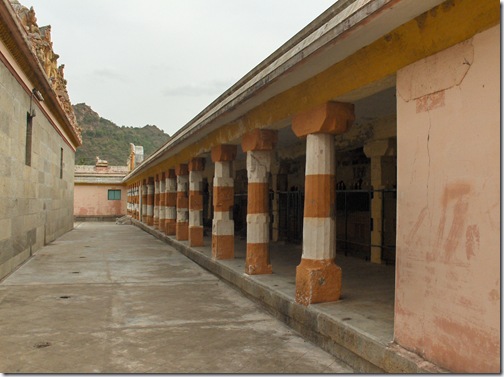














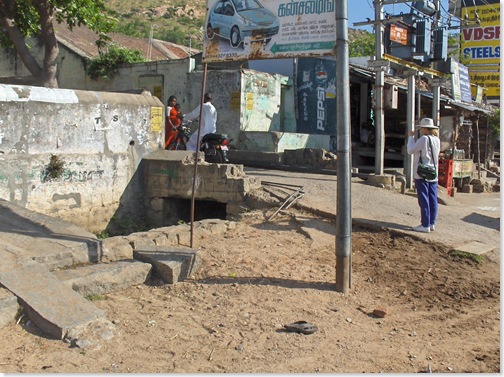

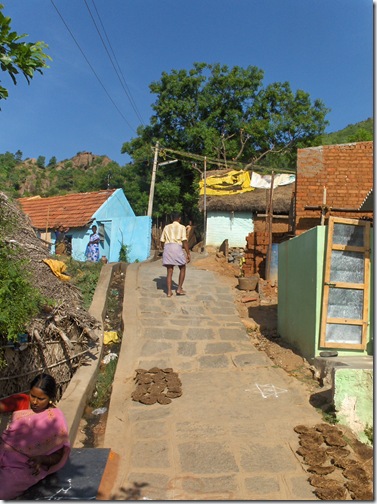

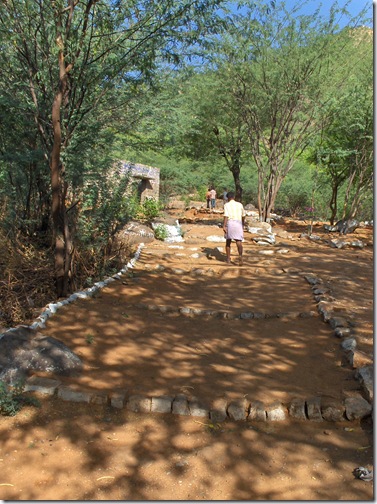
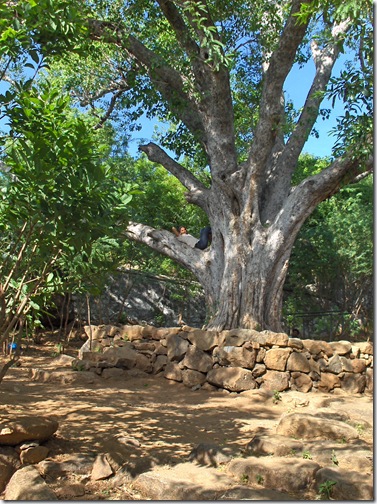
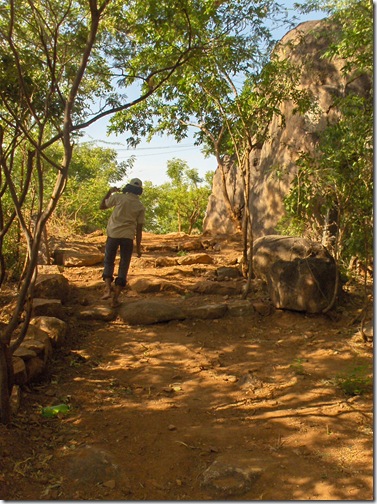

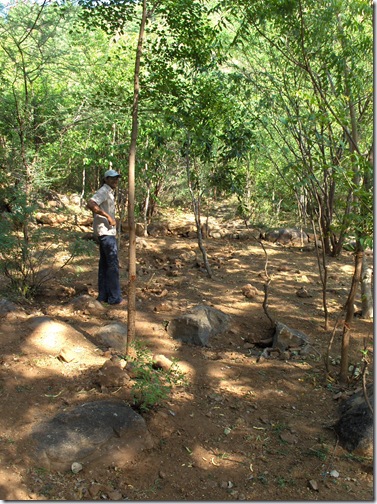
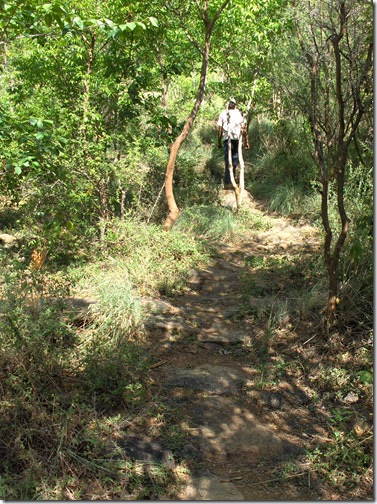

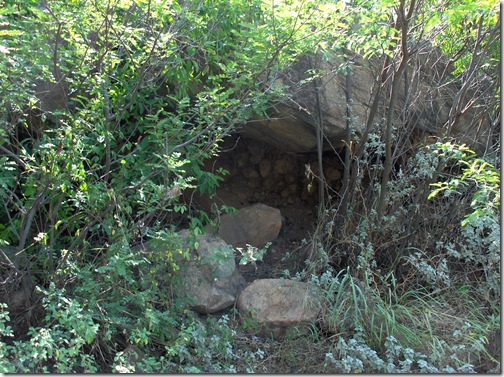

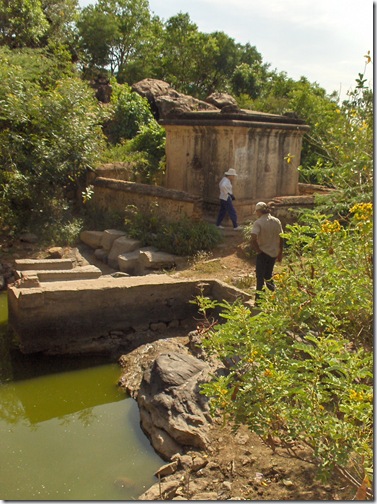
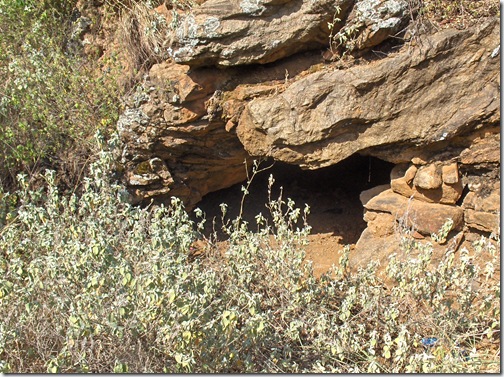
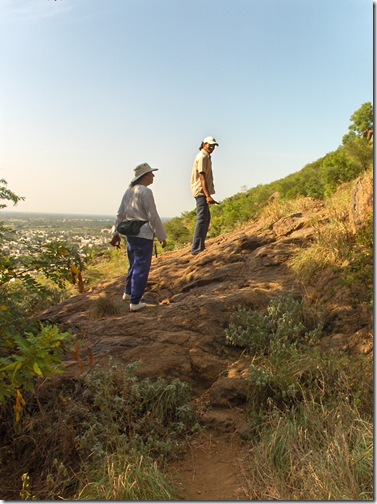
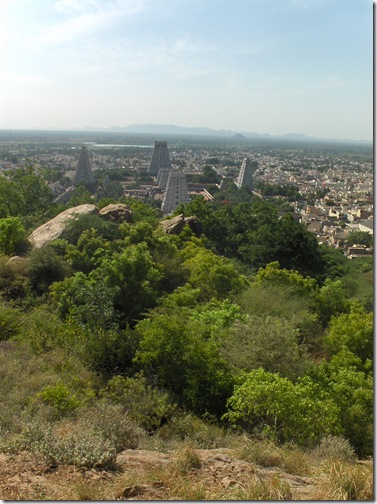
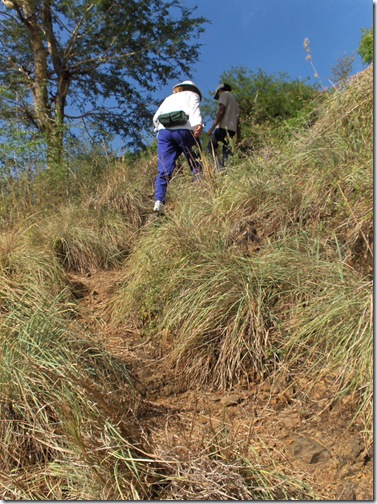
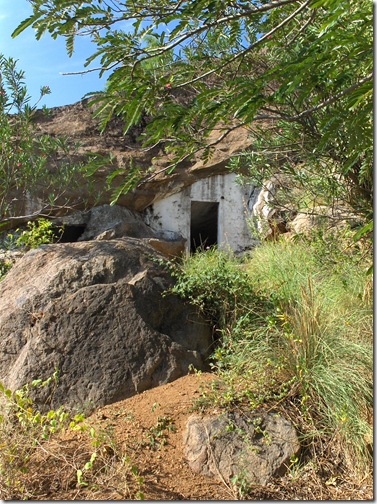
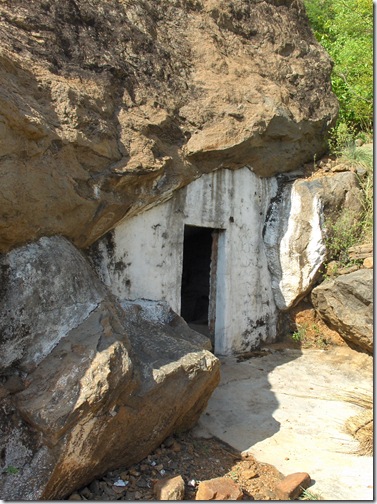
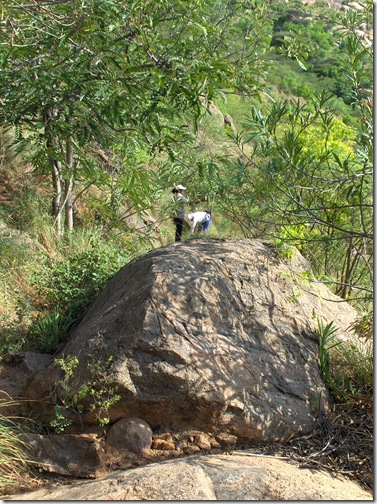
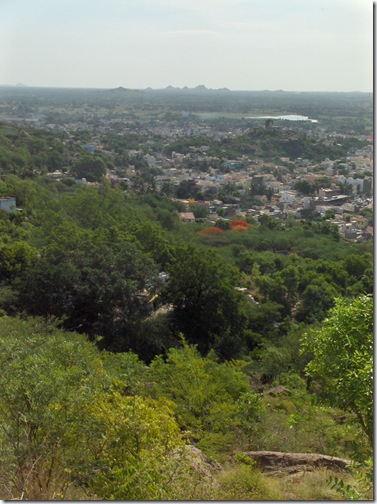
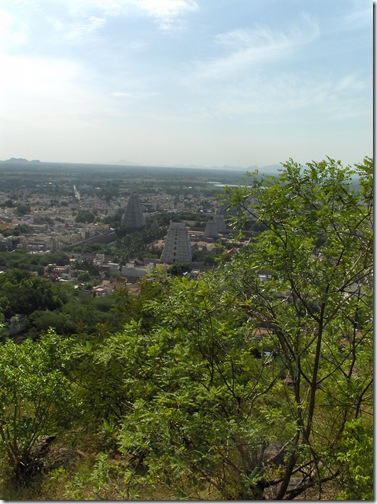
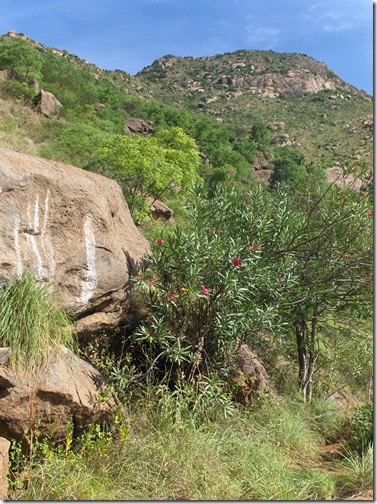
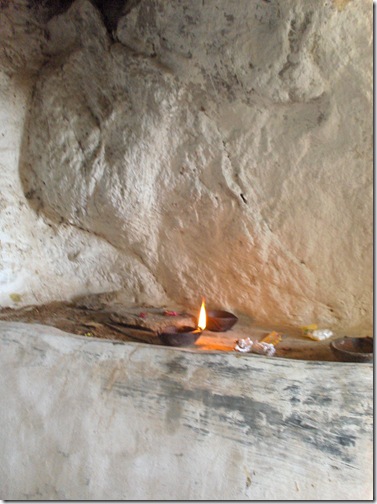
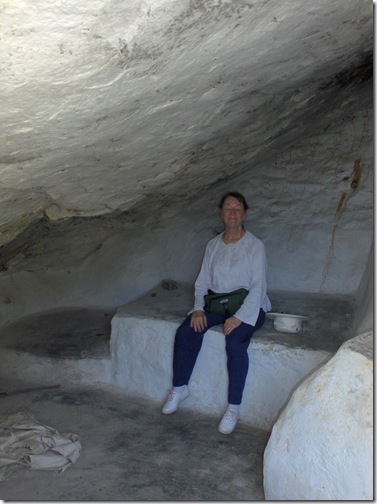
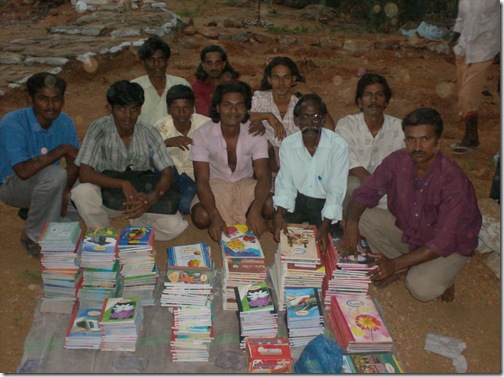


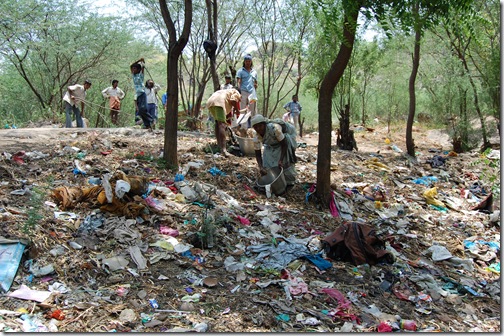
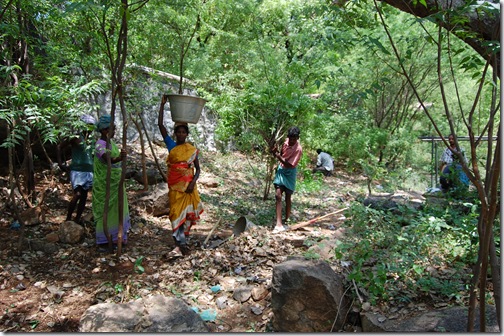
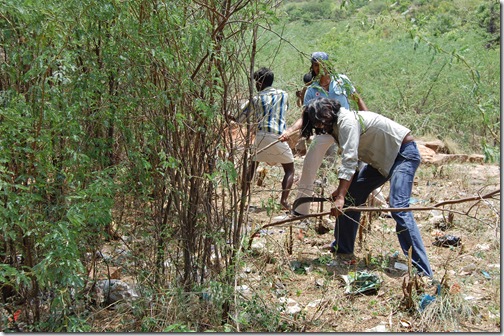
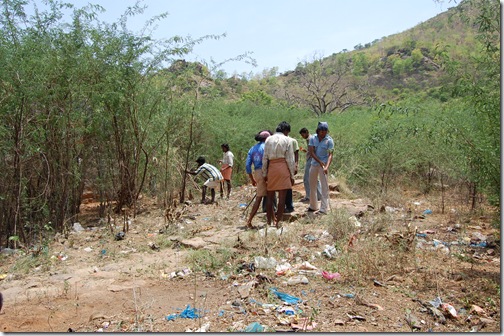



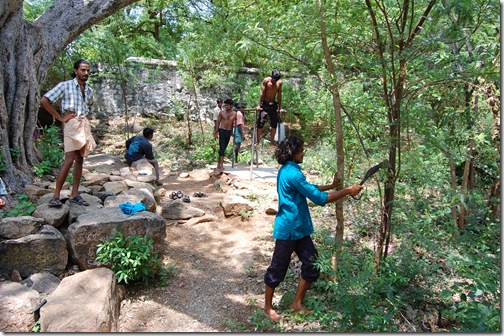
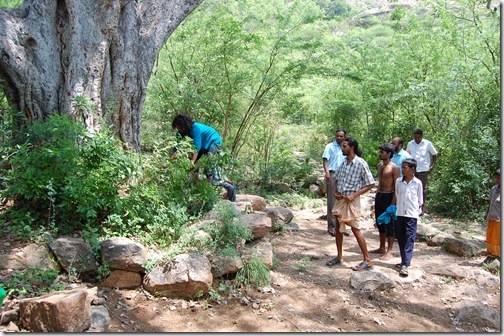
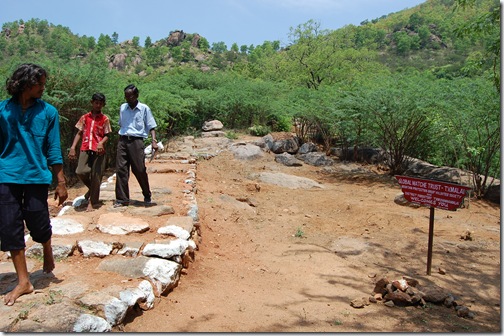
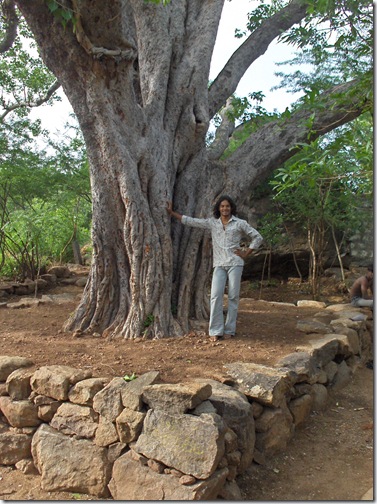

You must be logged in to post a comment.